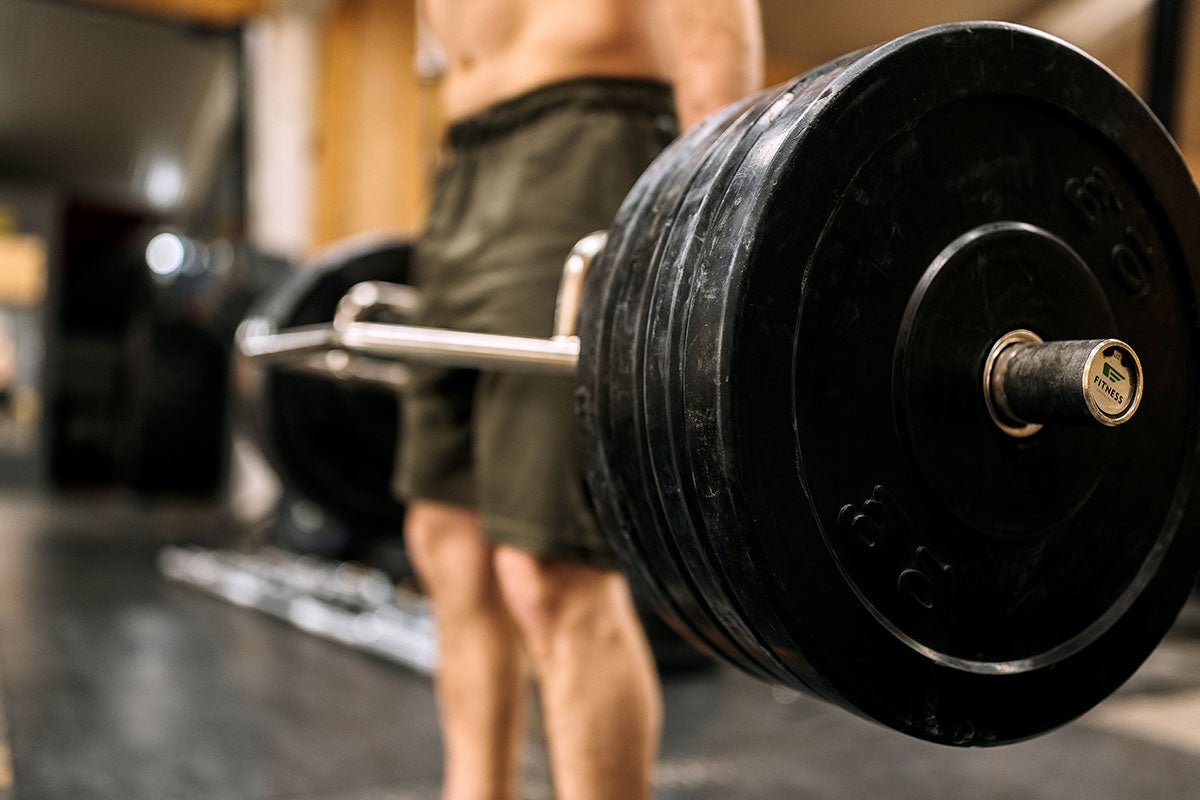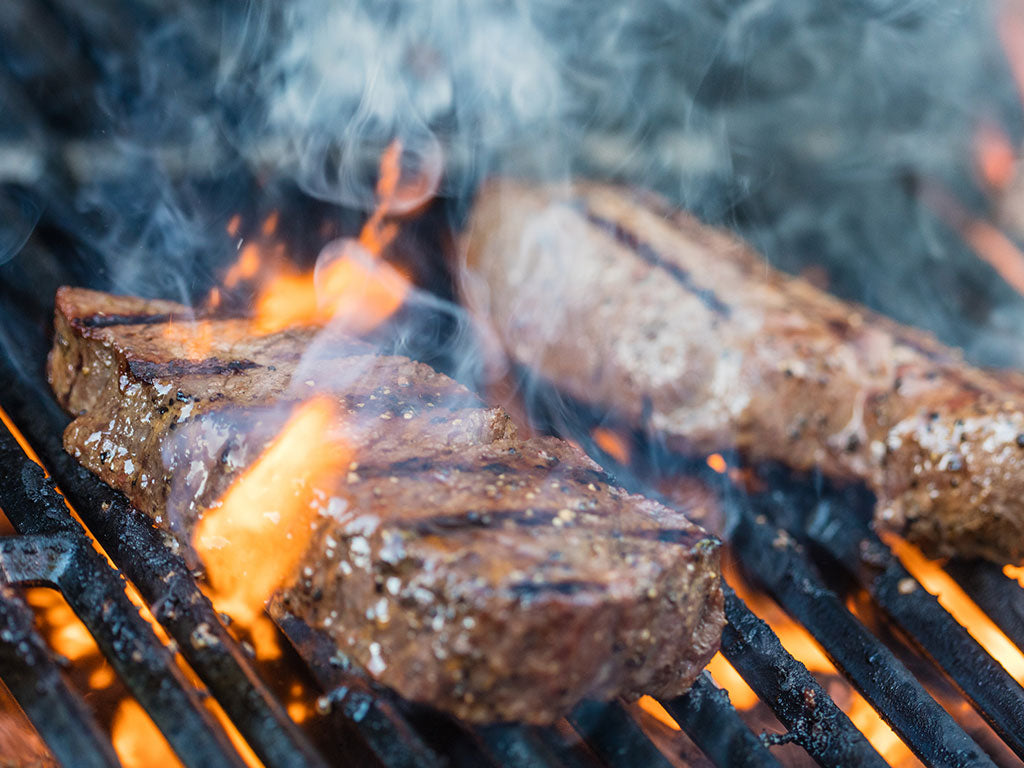A review that tracked the development, retention, and decay rates of strength and power in elite athletes found that strength levels can be maintained for up to three weeks after an athlete stops their weight training program, but decay rates will increase every week from then on. For basketball players in the middle of a season, this strength loss may happen even faster and deeper due to all of the up and down running, jumping, and cutting required to play the game of basketball at a high level. That’s why it’s so important to have a solid in-season basketball training program in place before the season even begins.
Importance Of Basketball Training Throughout The Season
A study that evaluated the effects of a complex training program, a combined practice of weight training and plyometrics, on explosive strength development of young basketball players determined that more strength conditioning is needed during the sport practice season. The study’s results supported the use of complex training in order to improve the upper and lower body explosivity levels in young basketball players.
Incorporating an in-season basketball training program of low level plyometrics and strength exercises can also help prevent injuries and fatigue during the course of the season. And since injuries and fatigue can affect a basketball player’s performance, as well as the success of the entire team, in-season strength training for basketball players has become at least as important as off-season training.
Elements Of An In-Season Basketball Training Program
For Basketball Coaches and Strength and Conditioning Specialists: An in-season strength maintenance program for basketball players should be quick, efficient, and well-timed. Basketball coaches and members of the strength and conditioning staff should meet prior to the season and come up with an in-season basketball weight training programfor their players as soon as they know their team’s game schedule and travel arrangements for the season. When creating a basketball training program, coaches and strength and conditioning specialists should focus predominantly on multi-joint exercises (movements that incorporate more than one joint and train multiple muscle groups at once) for their team’s strength workouts.
For Basketball Players: Individual players on the team should keep a strength training log throughout the season that includes the exercises they performed, the number of total sets per workout, the weight and repetitions incorporated for each set, their workout duration, and their energy levels during the training session.
How Often Should Basketball Players Do Strength Training During A Season?
During the season, basketball players should plan for two days of full-body workouts that are 20 to 30 minutes in length. A two-day per week strength training program usually works well to allow for progress, practice, and competition. These workouts should be done after a game or a practice, but prior to any conditioning in order to reduce the risk of injury due to fatigue. Athletes should rest 48-hours between the first and second workout, and also rest 48-hours between workouts and games.
General In-Season Basketball Weight Training Program
First and foremost, the goal of in-season strength training is to improve a basketball player’s performance, not worsen it. The in-season strength program should address players’ major muscle groups such as their legs, hips, core, and upper torso, while also paying attention to the most-injury prone areas like their ankles, knees, groin, lower back, and hands.
Since some games and practices are more strenuous than others, there also needs to be a healthy balance between stress and recovery. Throughout the season, basketball coaches and strength and conditioning personnel need to observe and monitor how individual players respond to strength training, especially before or after games and practices. Here’s an example of a general in-season basketball weight training program.
Warm Up
Basketball players need to physically prepare themselves before every game, practice, or weight training session. One of the best ways that basketball players can prepare themselves for an exercise session is by doing a proper basketball warm up that includes a dynamic stretching routine. A dynamic stretching warm up routine will get each athlete’s muscles to their working temperature, and also stretch them in order to improve their function.
Basketball coaches and strength and conditioning staff members need to make sure that all athletes are stretching properly, as well. That’s because poor posture and incorrect alignment when stretching can cause imbalances in an athlete’s muscles, which can lead to injury. On the other hand, proper posture and alignment will ensure that the targeted muscles receive the best possible stretch. Some dynamic warm up exercises for basketball players are jumping rope, lunges, and arm circles.
Jumping Rope: Jumping rope is a basic plyometric exercise that builds coordination, strengthens your calves, and reduces your risk of injuries. Practice jumping rope using a quick, soft, and light landing, and use the force of your landing to propel your takeoff. To help absorb the shock, make sure to flex your hips, knees, and ankles. Jump rope for 60 seconds, rest for 30 seconds, and then do one more set.
Lunges: One of the most popular dynamic stretches, lunges are a resistance exercise that can be used to strengthen your lower body. Lunges work your quadriceps, hamstrings, glutes, and calves, while also mimicking the running movement that is essential in basketball. To do a lunge, start by standing up tall. Then step forward with one foot until your leg reaches a 90-degree angle. (Your rear knee should remain parallel to the ground and your front knee shouldn’t go beyond your toes). Next, lift your front lunging leg to return to the starting position. Repeat 15 reps on one leg, or switch off between legs until you’ve totaled 15 reps per leg.
Arm Circles: Arm circles will get your blood moving and work your shoulders, triceps, and biceps. Begin by circling your arms forward, using small controlled motions. Then progressively make larger circles. After 10 full arm circles forward, reverse the direction of the motion and do 10 full arm circles backward.
In-Season Strength Training Exercises
Since basketball players tend to use one arm and one leg more than the other, which can lead to muscle imbalances and cause injury, it’s a good idea to perform single-arm and single-leg exercises in-season.
Upper Body Exercises
Neutral Grip Chin-Ups: The neutral grip chin-up works your back, lats, and biceps. To do a neutral grip chin-up, start by standing on the footrests of the assisted chin-up/dip machine. With your hands shoulder-width apart, hold onto the chin-up bar with a neutral grip (your palms facing inwards). Step your feet off of the footrests one leg at a time and extend your arms so that you’re hanging from the chin-up bar. This is the starting position. Then while using the muscles in your arms and back, bend your elbows and pull your body upwards to bring your chin up and over the chin-up bar. Next, extend your elbows and lower your body to return to the starting position.
Dumbbell Bench Press: When done properly, the dumbbell bench press activates muscle groups throughout your upper body (triceps, pectoral muscles, and anterior deltoids), allows your shoulders and elbows to go through a greater range of motion, and promotes muscle symmetry. To do the dumbbell bench press, grab a pair of dumbbells, sit on the bench with the dumbbells placed in the crease of your hips, and then lie back on the bench. Once in position, engage your core and press the dumbbells toward the ceiling. Your palms should be facing forward. Then rotate your shoulders outward to engage your lats, while making sure that your upper back remains tight and stable. While maintaining a neutral wrist, slowly lower the dumbbells until your upper arms are level with your back. Pause at the bottom of the movement. To begin the upward movement, squeeze your chest and begin to push the dumbbells back to the starting position. Continue to press until your arms are long with a slight bend in your elbows. Finish the movement at the top by squeezing your chest. Make sure to maintain distance between the dumbbells at the end of the repetition.
Dumbbell Standing Shoulder Press: The dumbbell standing shoulder press is a fairly easy exercise that works your arms and shoulders. To do the dumbbell standing shoulder press, stand with your feet shoulder-width apart. Then while holding two dumbbells at shoulder height (with an overhand grip), press the weights above your head until your arms are fully extended. Then return slowly to the starting position.
Lower Body Exercises
Box Step-Ups: The step up is a great all-around exercise that strengthens each of your legs individually, rather than as a unit. Box step-ups will help to improve the symmetry of your leg musculature, increase your squat and deadlift strength, save your lower back, and allow you to develop explosive leg power. To do box step-ups, place one foot on top of the box, with one foot on the ground. Your weight should be shifted into the heel of your foot that is on the box. Then while driving through your front heel, extend your leg completely straight before bringing your opposite foot onto the box. A slow descent is recommended in order to properly load the joints and teach your body proper positioning.
Bulgarian Split-Squats: Bulgarian split-squats will strengthen your legs and core, and also increase your mobility. This unilateral move (working only one leg at a time) targets your glutes, quadriceps, hamstrings, and core. To do Bulgarian split-squats, start by standing with your back to a bench. Then shift your weight to one leg and raise your other leg behind you to lift it up onto the bench. While keeping your hips square, back straight, and core tight, lean your torso forward slightly and sink down until your elevated knee almost touches the floor. To come up, simply reverse the move, pushing through your front heel to return to the start. Repeat 10 to 15 times and then switch legs.
Trap Bar Deadlift: Considered one of the best exercises for developing total-body strength, building a larger back and traps, and improving explosive power for athletic performance, the trap bar deadlift is a variation of the traditional deadlift that uses a trap bar. To do the trap bar deadlift, stand in the center of a trap bar with your feet hip-width apart. Bend your hips and knees, reach down, and grasp the handles of the trap bar. From this position, sit your hips back so you feel tension in your hamstrings. Then pull your shoulders down and back, stick your chest up, and flatten your back. Tuck your chin and focus your eyes on about 20 feet in front of you. Take a deep breath in and tighten your core. Then explosively stand up by straightening your hips and then your knees. Keep your back flat and your core tight, and tighten your glutes at the top of the rep. Then lower the trap bar to the ground in control and set up for the next rep.
In-Season Basketball Training Tips and Tricks
To make sure that you’re at your best come game day, here are four in-season basketball training tips and tricks.
1. Never workout your legs the day before a game.
2. Give yourself at least two days for recovery.
3. Stick to three sets of 15, 12, and 10 reps for workouts two days before a game, and three sets of 10, 8, and 6 reps for workouts three days before a game.
4. Avoid working out the same muscle groups on back-to-back days.




